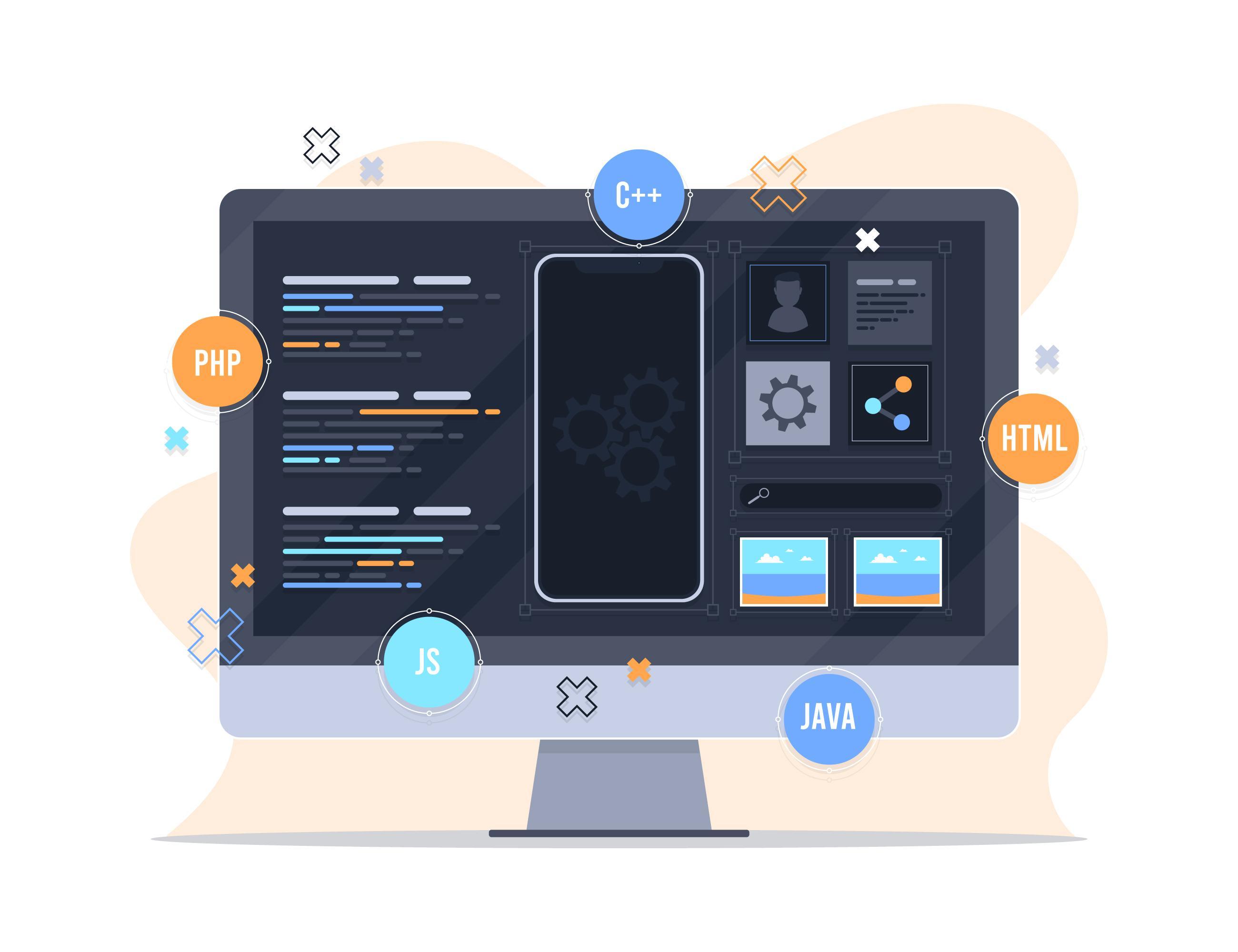How to Use Technology to Enhance Attendee Experience at Events
In the age of modern technology, events require new strategies to improve the attendee experience and make it more interactive. Technology plays a key role in streamlining organization and offering immersive, innovative experiences. In this article, we’ll explore how technology can be used—from attendee registration apps to augmented reality—to enhance the event experience.
1. Attendee Registration and Event Management Apps
Event registration apps are essential for organizing events, as they streamline the registration process and ensure a smooth experience for attendees.
- Electronic Registration: Apps like Eventbrite and Cvent make the registration process easy, allowing attendees to sign up online with options for secure payment and instant registration confirmation.
- Digital Tickets: Using scannable QR codes enables attendees to check in quickly without needing physical tickets. This helps speed up the entry process and reduce congestion at registration points.
- Instant Updates: Event-specific apps can send notifications to attendees about session changes, helping them stay up-to-date on the event schedule.
2. Augmented Reality (AR) and Virtual Reality (VR)
AR and VR technologies are powerful tools to enhance the attendee experience by providing interactive and immersive elements.
- Augmented Reality (AR): AR can be used to add interactive elements to the event. For example, attendees can use their smartphones to explore interactive content like virtual maps or directions, making navigation easier.
- Virtual Reality (VR): VR provides an immersive experience where attendees can participate in virtual tours or view presentations from different angles. This is especially beneficial in large, complex events where it enables a more inclusive experience.
3. Live Streaming and Hybrid Events
Live streaming allows events to reach a broader audience by providing content for those unable to attend in person.
- Live Streaming Technology: Platforms like YouTube and Zoom allow you to broadcast content to a large audience, enabling global participants to interact with the event.
- Integrated Experience: By blending in-person and virtual attendance, you can create a seamless experience. Tools like live chat and discussion forums can encourage interaction between attendees, both physically present and virtual.
4. Wearables and Internet of Things (IoT)
Wearables and IoT devices improve the attendee experience by providing instant information and analytics.
- Tracking Devices: Wearables like smart wristbands can track attendee movement within the event, helping organizers optimize attendee flow and identify crowded areas.
- Contactless Payments: Smart devices like phones or smartwatches allow attendees to make secure, contactless payments, making shopping during the event easier.
5. Interactive Screens and Digital Kiosks
Interactive screens and digital kiosks provide attendees with real-time information and interactive content.
- Interactive Screens: These screens provide instant information about sessions, speakers, and locations. They allow attendees to explore content themselves and choose activities they wish to attend.
- Digital Kiosks: These kiosks enable attendees to check in, print badges, or even participate in surveys, adding an interactive element and enhancing attendee engagement.
6. Artificial Intelligence (AI) and Chatbots
AI can be used to improve the attendee experience by offering instant support and assistance.
- Chatbots: AI-driven chatbots respond to attendee queries in real time, providing information quickly without requiring them to wait for assistance.
- Data Analysis: AI can analyze attendee data to offer insights, helping event organizers improve future events by understanding audience preferences.
7. Social Interaction via Social Media
Social media is an ideal platform to boost interaction before, during, and after the event.
- Hashtags: A dedicated event hashtag encourages attendees to share their experiences and opinions on social platforms, fostering communication and engagement.
- Live Content: Attendees can share live content on social media during the event, which enhances interaction and attracts a larger audience for future events.
8. Personalization and User Experience
Technology enables the customization of the experience for each attendee.
- Custom Apps: Developing event-specific apps allows attendees to select sessions that interest them and receive recommendations based on their preferences.
- Personalized Settings: Attendees can customize their experience by selecting speakers or sessions they want to attend, making the event more relevant to their interests.
9. Smart Lighting, Audio, and Visual Technologies
Smart lighting and advanced sound and visual technologies enhance the atmosphere of an event.
- Interactive Lighting: Smart lighting can be used to create the right ambiance during presentations and different activities.
- Advanced Sound Technologies: High-quality sound systems ensure a premium auditory experience throughout the event, helping to capture attendees' attention and enhance their overall experience.
Conclusion
Technology offers immense potential to improve the attendee experience at events. From registration apps and augmented reality to live streaming, organizers can deliver immersive experiences that drive interaction and engagement. Investing in these technologies not only enhances the attendee experience but also contributes to the overall success of the event. In the era of technology, adopting modern innovations is essential for ensuring events stand out and attract a larger audience.
